LIST: 8 Must-Visit Intramuros Spots for a Journey Through Manila’s Past
Known as the Walled City, Intramuros was established by the Spaniards in 1571, on the site of the precolonial settlement of Maynila. Intramuros, whose name means “within the walls” in latin, was the center of political, military, and religious power, as well as the center of education in the Philippines during the Spanish colonial period.
 IMAGE from Intramuros Administration
IMAGE from Intramuros Administration
Destroyed during World War 2, the Walled City has undergone systematic restoration and reconstruction since 1979 under the Intramuros Administration.
Intramuros is a must-see site when visiting Manila, where visitors can experience walking on cobblestone streets, climbing on centuries-old fortifications, appreciating Spanish colonial architecture and food, and capturing Manila’s heritage through the lens of their cameras.
Together, let us explore its architectural treasures, hidden courtyards, and vibrant cultural spots, taking you on a journey that weaves the past into the present, one historic landmark at a time.
Fort Santiago
Established in 1571 and rebuilt using stone in 1590, Fort Santiago was the main citadel of Intramuros, serving as a military headquarters and prison for political enemies during Spanish and Japanese rule.
 IMAGE from Intramuros Administration
IMAGE from Intramuros Administration
Destroyed in 1945, the fort was repurposed as a park and declared a Shrine of Freedom. It is today one of the most visited urban heritage sites in Manila. Visitors may do picnics, jog, stroll with their pets (provided pets are wearing diapers), and take educational tours around this historic site.
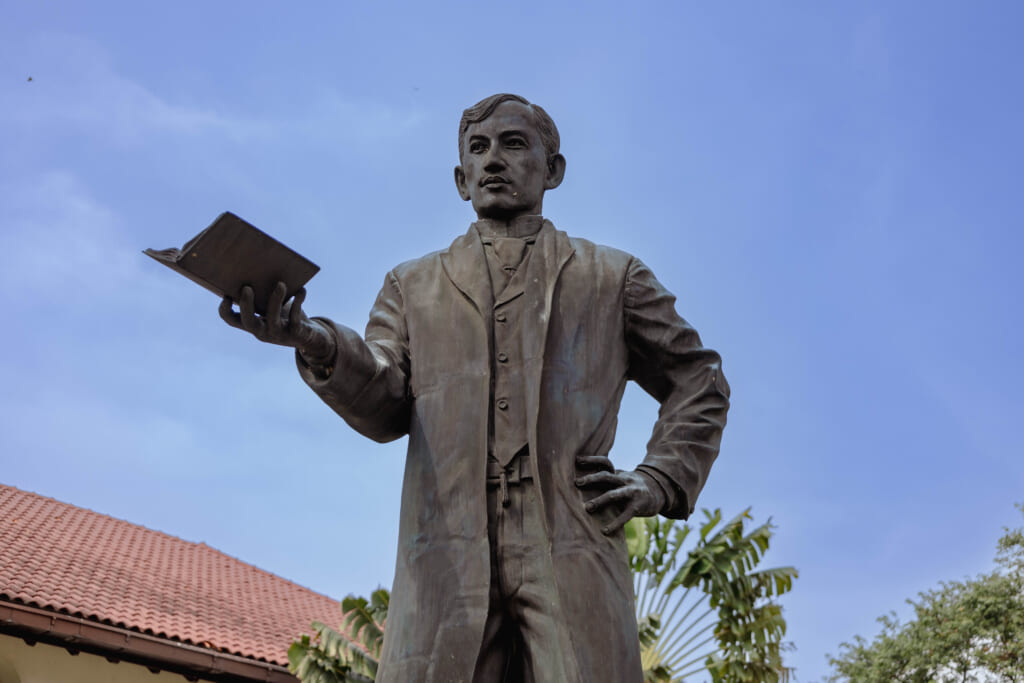 IMAGE from Intramuros Administration
IMAGE from Intramuros Administration
 IMAGE from Intramuros Administration
IMAGE from Intramuros Administration
Address: Santa Clara Street, Intramuros, Manila
Entrance Fee: Php 75 (Regular); Php 50 (Special)
Operating Hours: 8:00 a.m. to 10:00 p.m. (Monday to Friday); 6:00 a.m. to 10:00 p.m. (Saturday and Sunday)
Casa Manila Museum
Casa Manila Museum is a stunning replica of an 1850s San Nicolas house that recreates Manila’s colonial past. Here, you will find intricate carved molave wood furniture, capiz shell windows, European chandeliers, and Chinese porcelain.
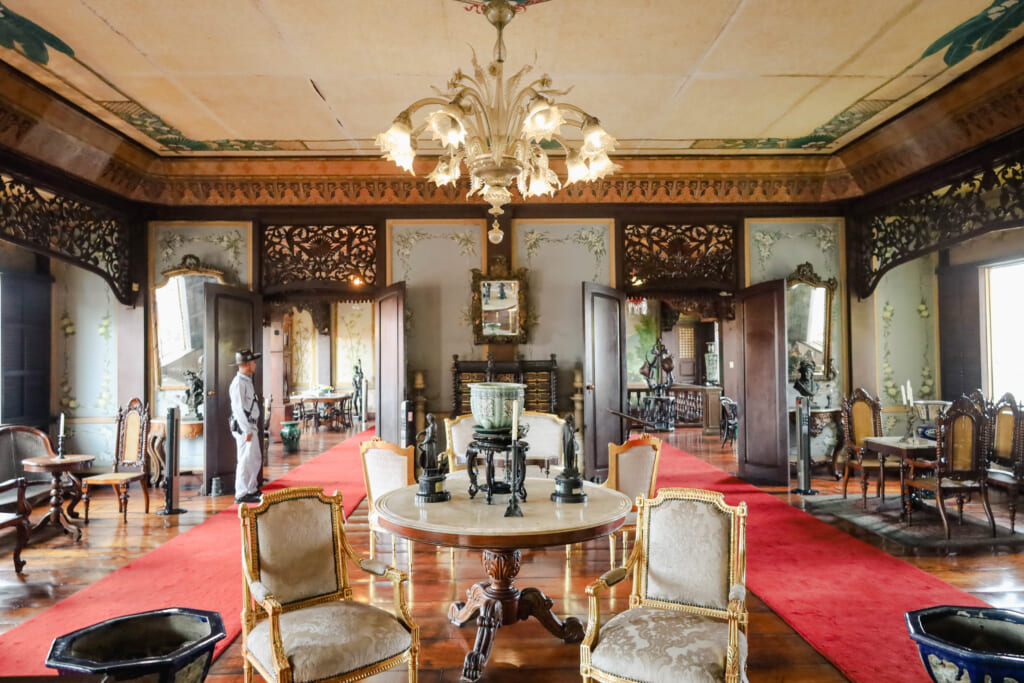 IMAGE from Intramuros Administration
IMAGE from Intramuros Administration
It blends Filipino, Chinese, and Spanish influences under one roof and showcases how the Filipino elite lived their lives in the 19th century.
When visiting the museum, walk only on the areas with red carpet and do not touch or sit on the antiques. Taking photos is allowed, but flash photography and video taking is prohibited.
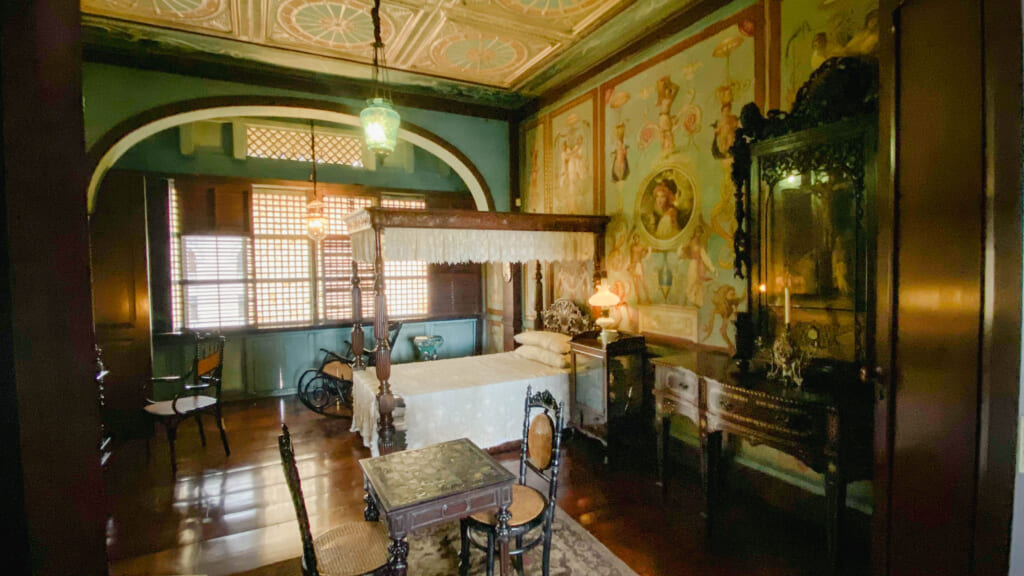 IMAGE from Intramuros Administration
IMAGE from Intramuros Administration
Address: Real Street corner General Luna Street, Intramuros, Manila
Entrance Fee: Php 75 (Regular); Php 50 (Special)
Operating Hours: 9:00 a.m. to 6:00 p.m. (Tuesday to Sunday)
Centro de Turismo Intramuros
Centro de Turismo Intramuros is one of the newest attractions in Intramuros. Centro de Turismo aims to provide guests with an overview of the history of Intramuros.
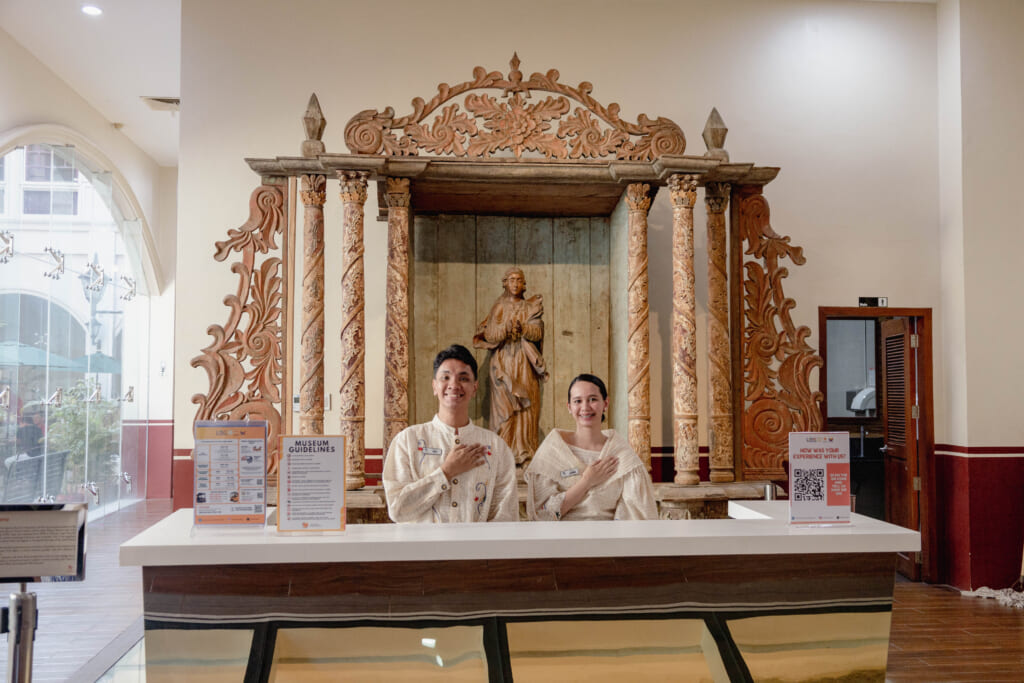 IMAGE from Intramuros Administration
IMAGE from Intramuros Administration
It is housed in the rebuilt ruins of the former San Ignacio Church. Attractions include multimedia exhibits and artifacts on display. It also has a Children’s Library, a main Library, and exhibits at the mezzanine which could be accessed as part of the fully-paid access ticket of the adjacent Museo de Intramuros. The groundfloor, however, is free.
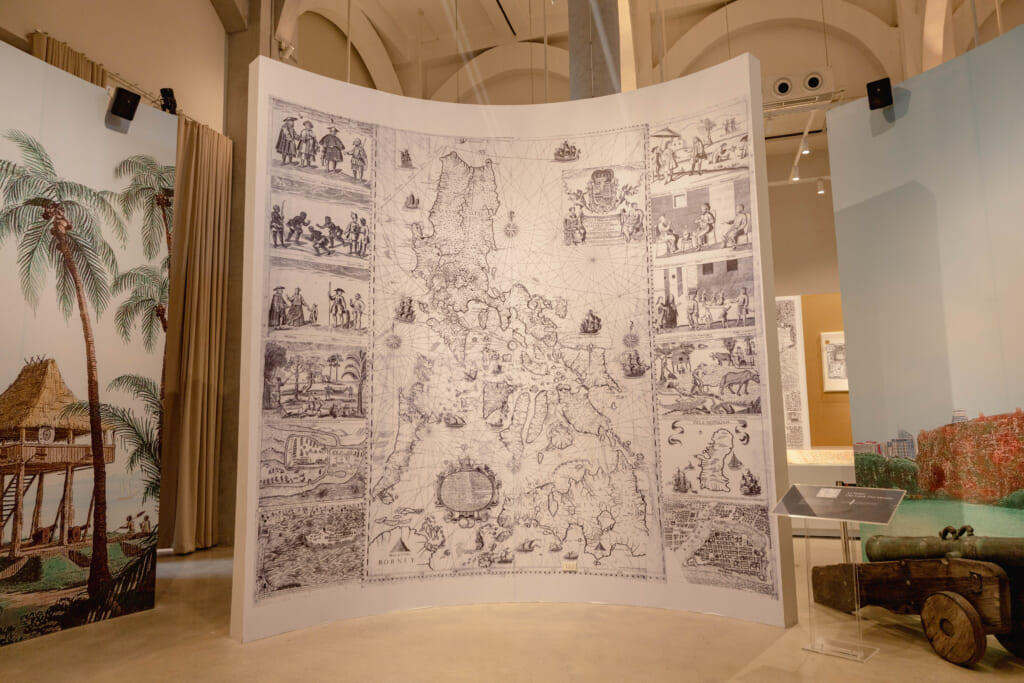 IMAGE from Intramuros Administration
IMAGE from Intramuros Administration
 IMAGE from Intramuros Administration
IMAGE from Intramuros Administration
Address: Arzobispo Street, Intramuros, Manila
Entrance Fee: Free
Operating Hours: 9:00 a.m. to 6:00 p.m. (Tuesday to Sunday)
Museo de Intramuros
The Museo de Intramuros houses the Intramuros Administration’s large collection of religious artifacts, statues, and ecclesiastical art from the Spanish colonial period. The museum is housed in the rebuilt Jesuit Mission House.
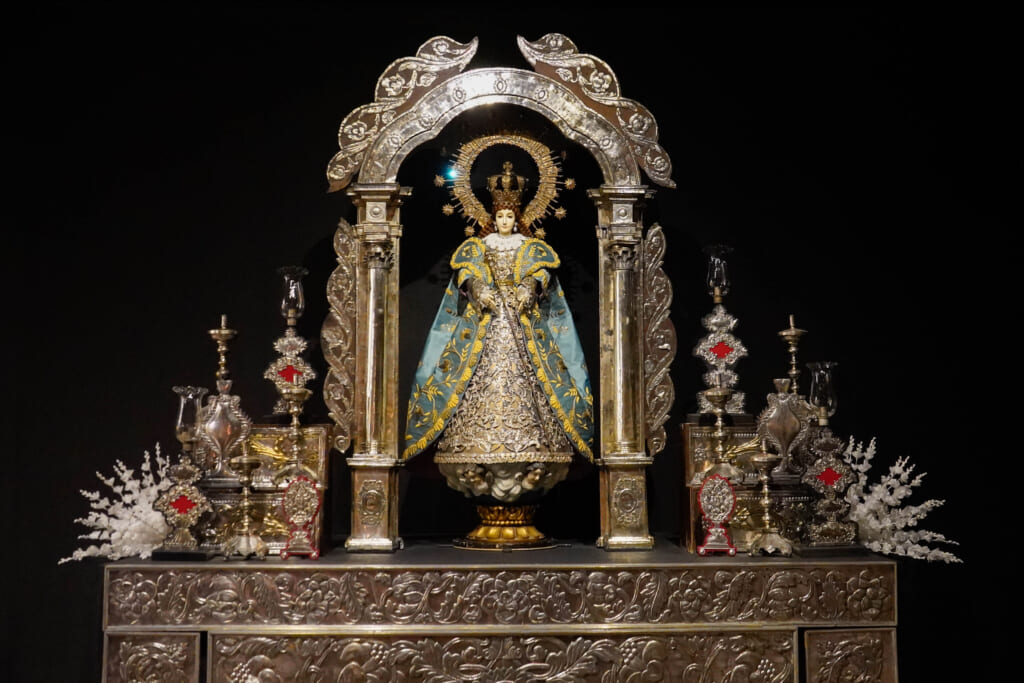 IMAGE from Intramuros Administration
IMAGE from Intramuros Administration
The artifacts are curated across seven galleries to tell the story of Christian evangelization in the Philippines, and how the natives of the islands responded to the arrival of the new faith.
 IMAGE from Intramuros Administration
IMAGE from Intramuros Administration
Exhibit items include intricately carved ivory santos (saints), church bells, religious paintings, precious metal items for church sacraments, church vestments, retablos (altars), and urnas (home altars). The museum is a must-see for those who wish to understand the story of Christianity in the Philippines.
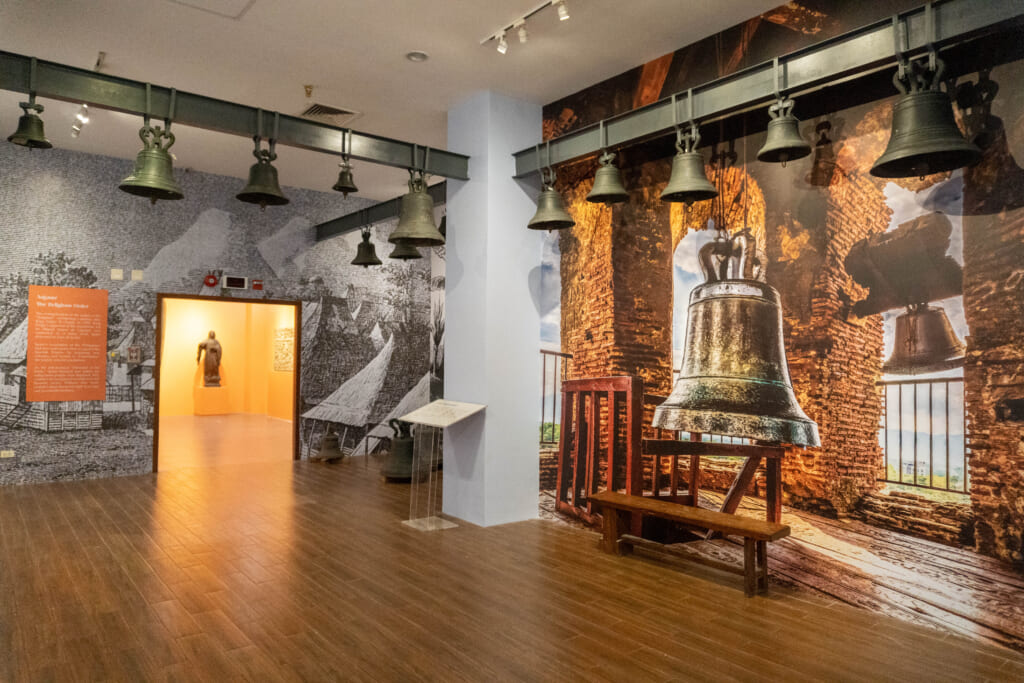 IMAGE from Intramuros Administration
IMAGE from Intramuros Administration
Address: Arzobispo Street corner Anda Street, Intramuros, Manila
Entrance Fee: Php 150 (Regular); Php 120 (Special)
Operating Hours: 9:00 a.m. to 6:00 p.m. (Tuesday to Sunday)
Baluarte de San Diego
Baluarte de San Diego, located at the southwestern edge of Intramuros, is both an archaeological park and open-air events garden. It houses the remains of Fort Nuestra Señora de Guia, the city’s oldest stone fortress built in 1587.
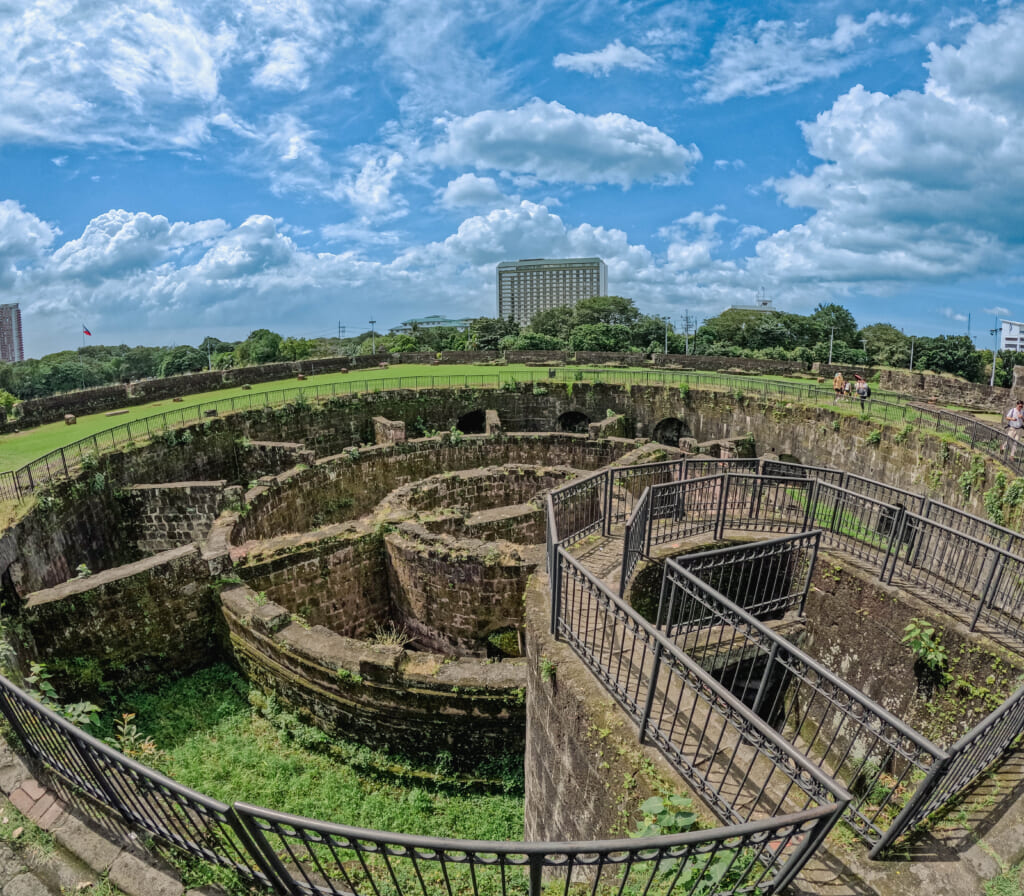 IMAGE from Intramuros Administration
IMAGE from Intramuros Administration
Excavations in 1979 also uncovered a large 18th-century cistern built within the fort’s ruins. Activities include picnics, strolls, and explorations of the archeological ruins and the fortifications.
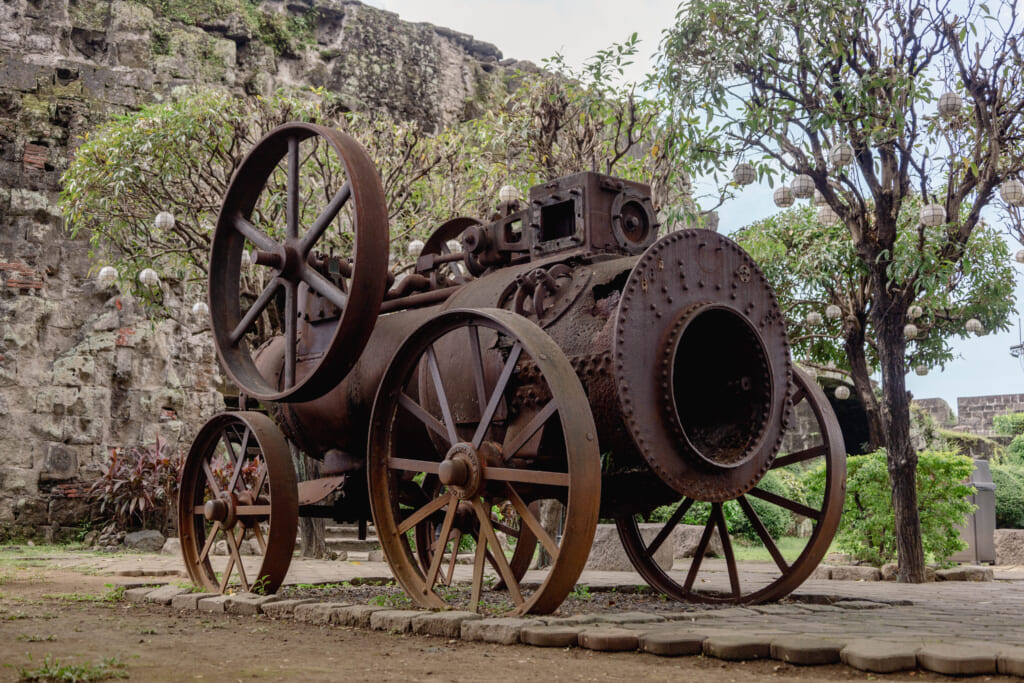 IMAGE from Intramuros Administration
IMAGE from Intramuros Administration
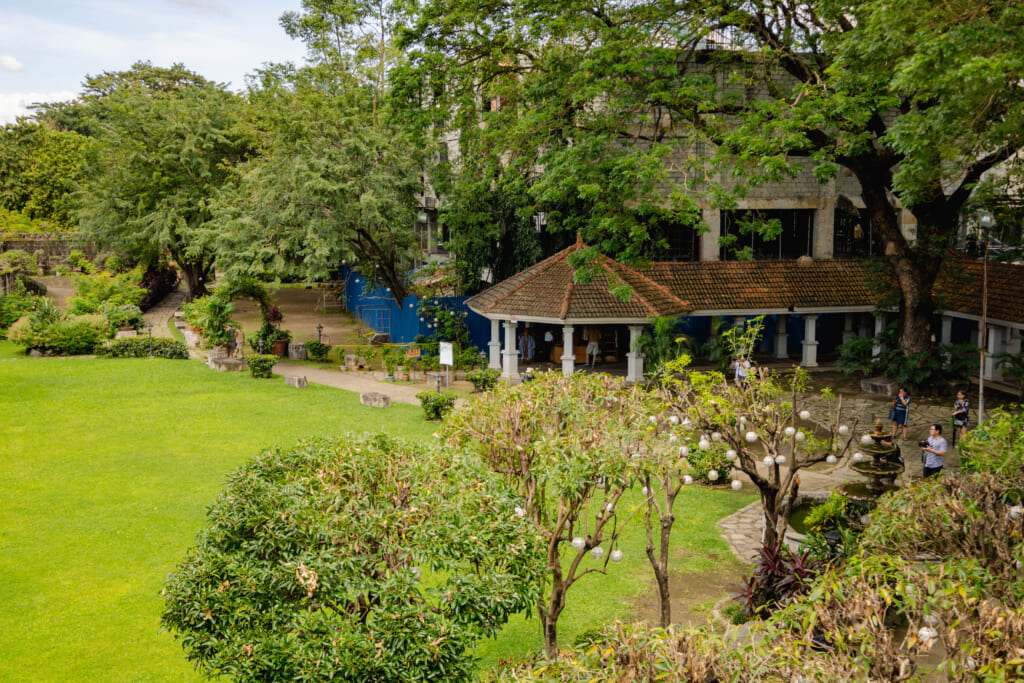 IMAGE from Intramuros Administration
IMAGE from Intramuros Administration
Address: Muralla Street corner Santa Lucia Street, Intramuros, Manila
Entrance Fee: Php 75 (Regular); Php 50 (Special)
Operating Hours: 8:00 a.m. to 5:00 p.m.
Manila Cathedral
Officially called the Minor Basilica of the Immaculate Conception and Metropolitan Cathedral of Manila, the Manila Cathedral is the first cathedral and the seat of the earliest archdiocese in the Philippines, hence its monicker “Mother of Philippine Churches”.
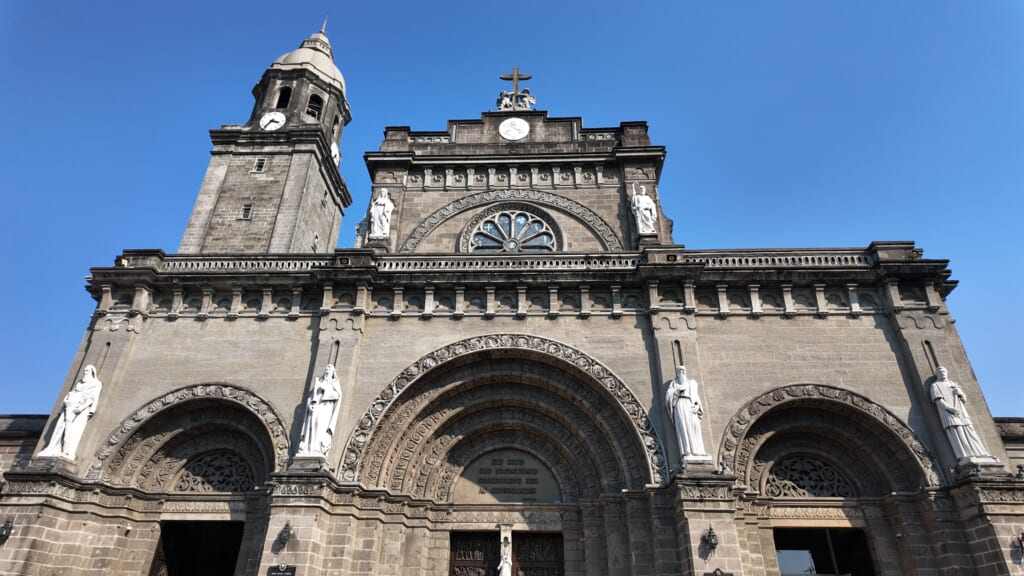 IMAGE from Intramuros Administration
IMAGE from Intramuros Administration
It has been rebuilt eight times, with the current structure being completed in 1958 in the Neo-Romanesque or Byzantine style. Visitors can offer prayers, attend a mass, or take a tour around the cathedral. There is an exhbit about the cathedral’s history in one of the western side chapels.
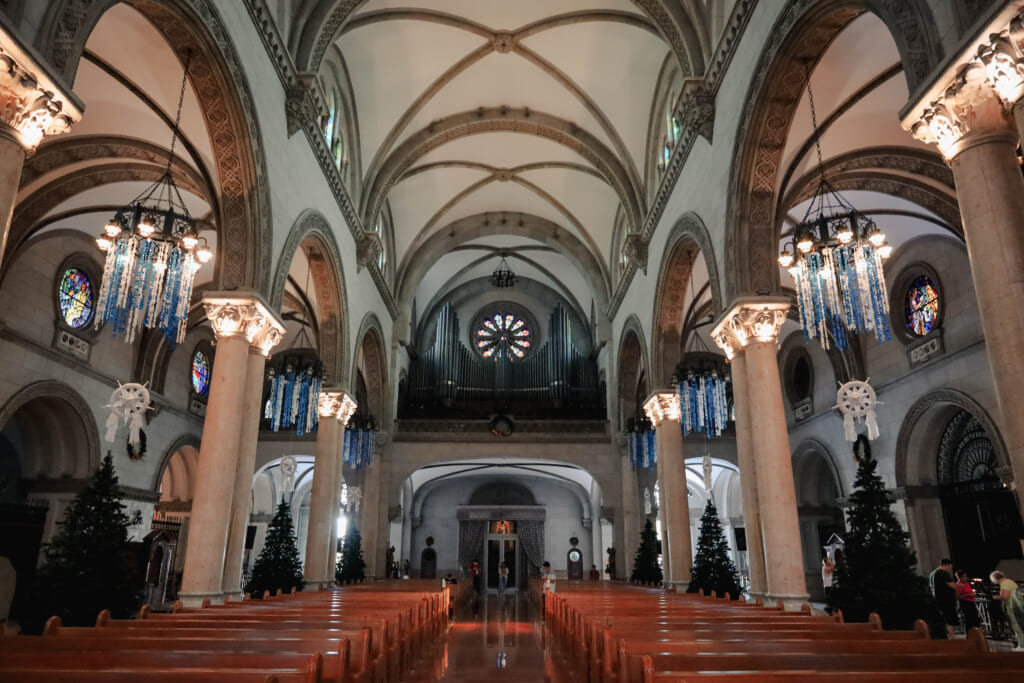 IMAGE from Intramuros Administration
IMAGE from Intramuros Administration
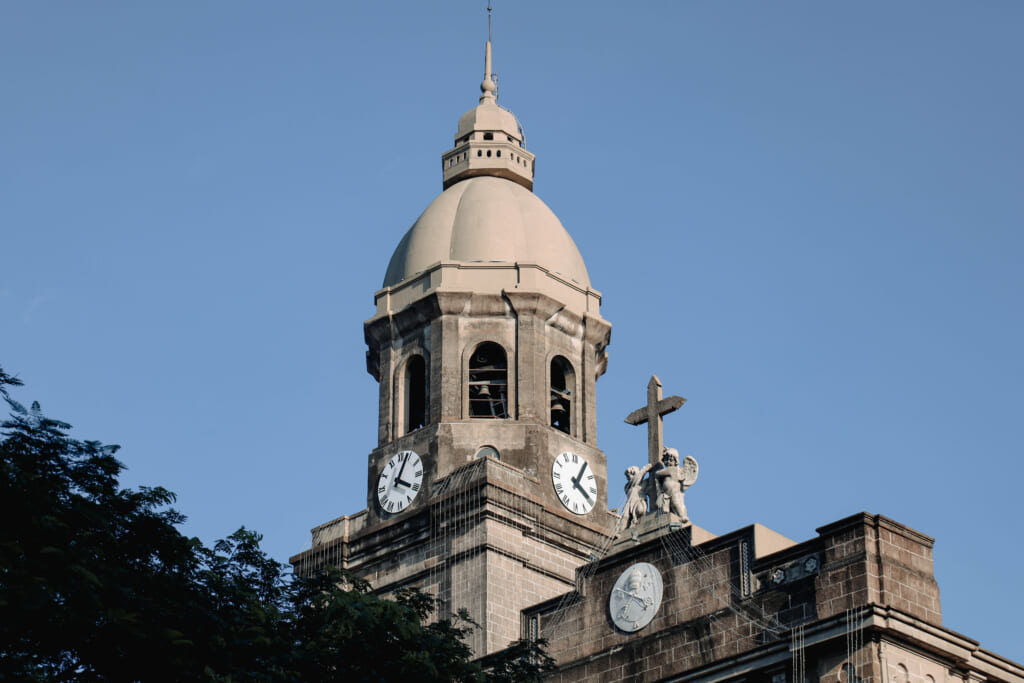 IMAGE from Intramuros Administration
IMAGE from Intramuros Administration
Address: Santo Tomas Street corner General Luna Street, Intramuros, Manila
Entrance Fee: Free
San Agustin Church
Established in 1571 by the Augustinian order and completed in 1607, San Agustin Church is the country’s oldest stone church and is a UNESCO World Heritage Site, surviving numerous wars and earthquakes.
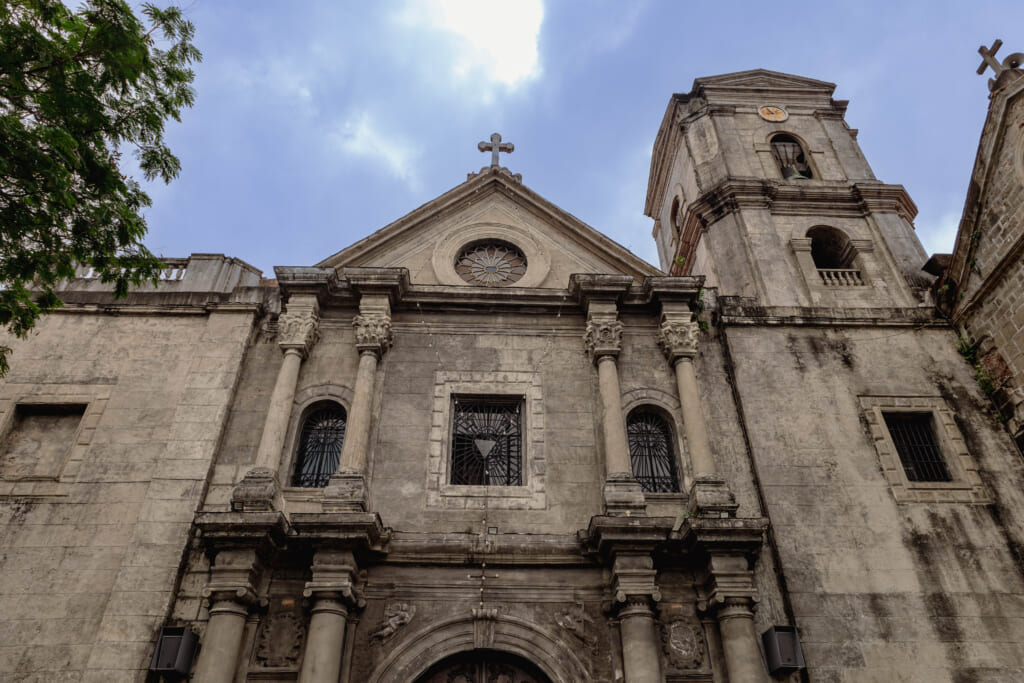 IMAGE from Intramuros Administration
IMAGE from Intramuros Administration
The church is built in the Baroque style and stands out for its vaulted masonry ceiling, intricately carved woodwork, 19th century trompe l’oeil ceiling murals, 17th century Baroque pulpit, and ornate 14 side chapels altars. The church also houses the crypt of Miguel Lopez de Legazpi, Manila’s founder, alongside early colonial leaders and clergymen.
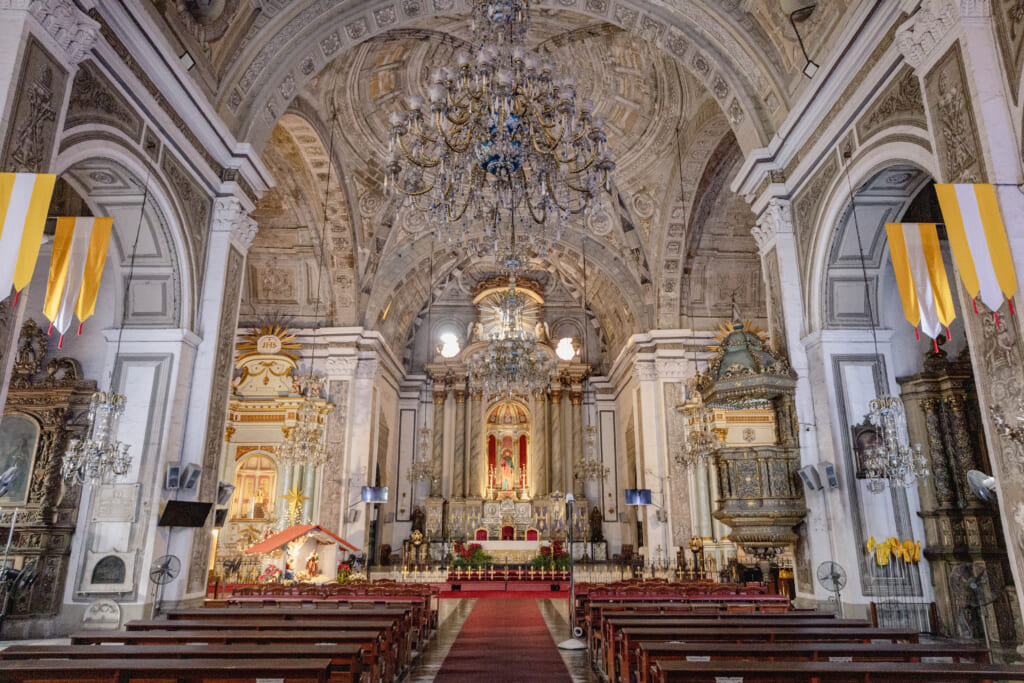 IMAGE from Intramuros Administration
IMAGE from Intramuros Administration
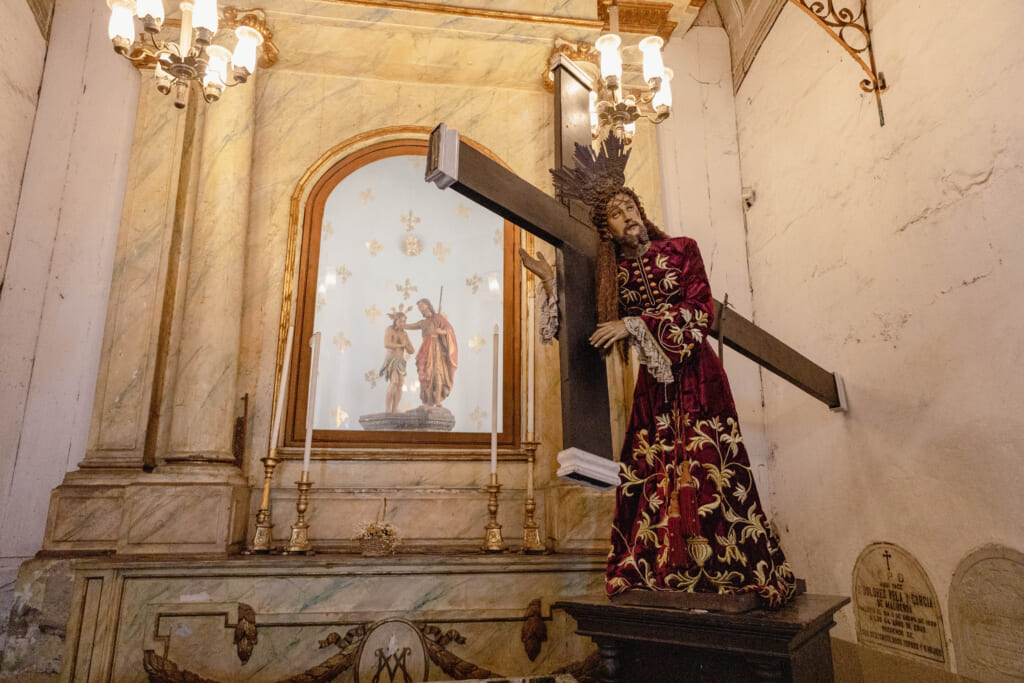 IMAGE from Intramuros Administration
IMAGE from Intramuros Administration
Address: General Luna Street, Intramuros, Manila
Entrance Fee: Free
Puerta Real Gardens
The Puerta Real Gardens is located in the Revellin Real de Bagumbayan, a fortification which protected the Royal Gate or Puerta Real. The Puerta Real was once used exclusively by governor generals for special occasions and served as the southern access between Intramuros to Ermita.
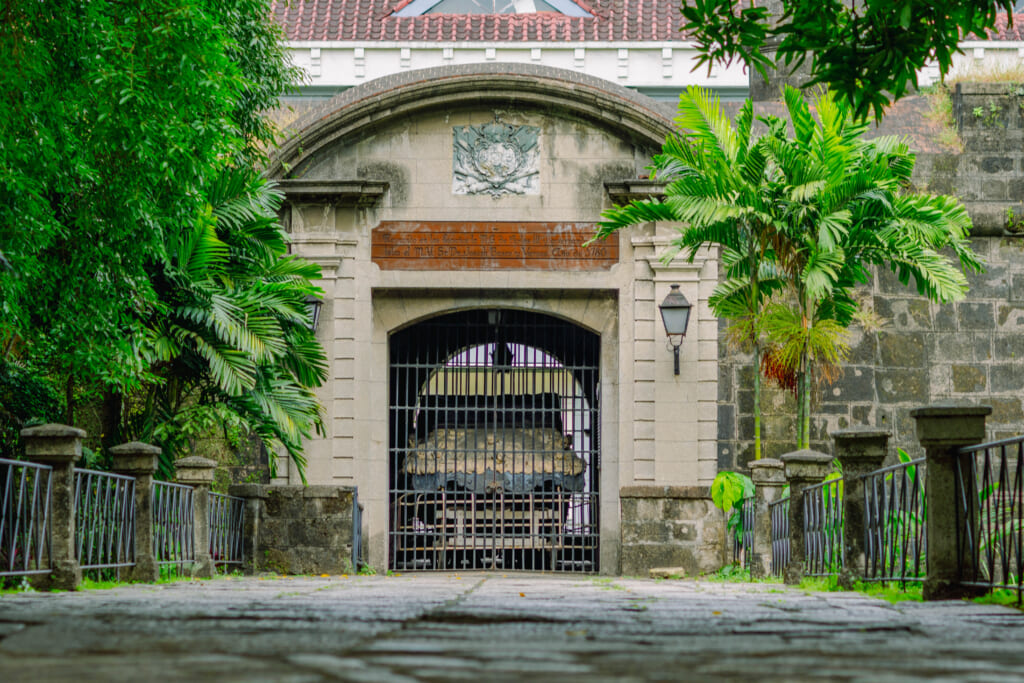 IMAGE from Intramuros Administration
IMAGE from Intramuros Administration
Severely damaged during the 1945 Battle of Manila, the gate was restored in 1966, with the ravelin later being transformed into a garden venue in the 1980s for open-air activities. Visitors may do picnics, jog, stroll with their pets (provided pets are wearing diapers), and attend cultural events in this site.
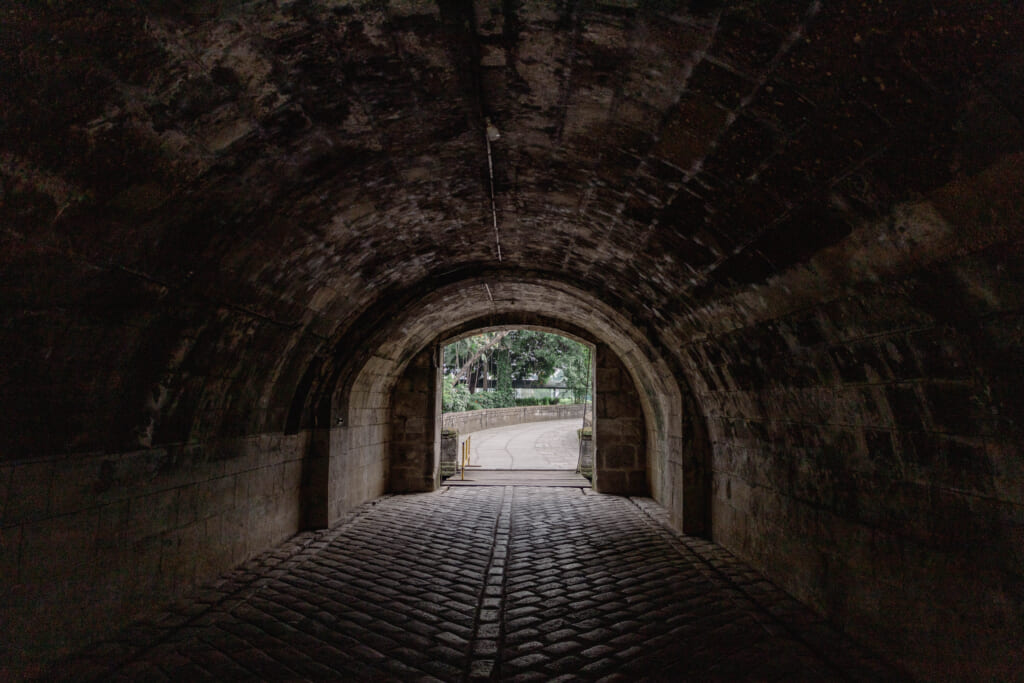 IMAGE from Intramuros Administration
IMAGE from Intramuros Administration
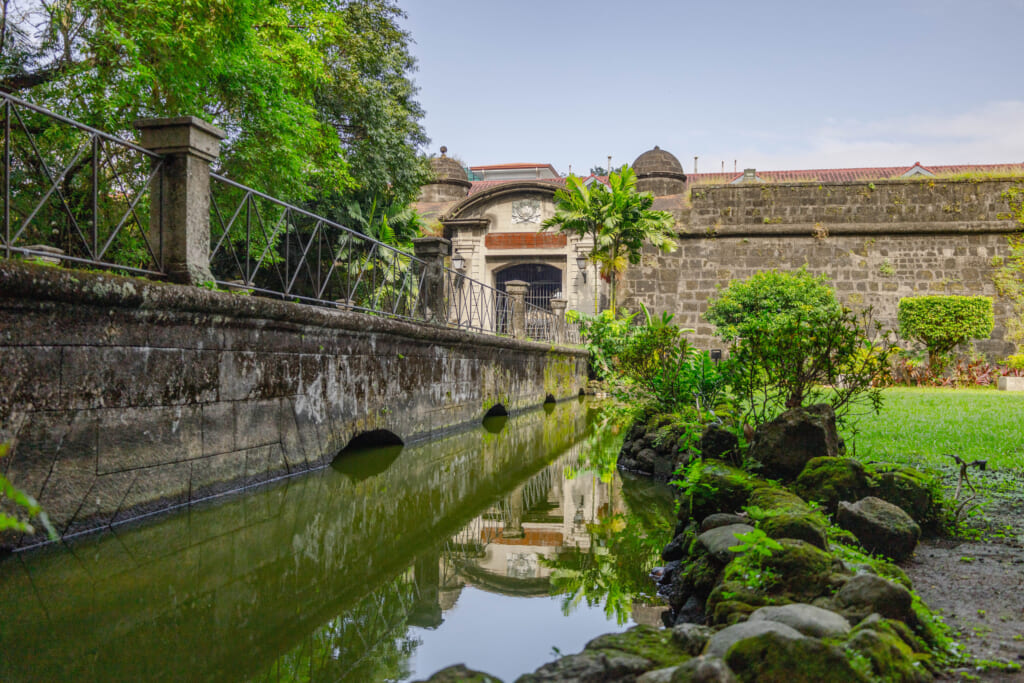 IMAGE from Intramuros Administration
IMAGE from Intramuros Administration
Address: Puerta Real Gate, Intramuros, Manila
Entrance Fee: Free
Operating Hours: 8:00 a.m. to 6:00 p.m.
As you walk through Intramuros, every archway, cobblestone path, and centuries-old façade reveals a chapter of the Philippines’ story. It’s a place where the past lingers in the air, inviting you to pause, reflect, and connect with the roots of our heritage.
Whether you’re exploring its grand cathedrals, tranquil gardens, or historic fortifications, each stop is a reminder that history is not just found in books. It is alive in the heart of Manila, waiting to be rediscovered.













